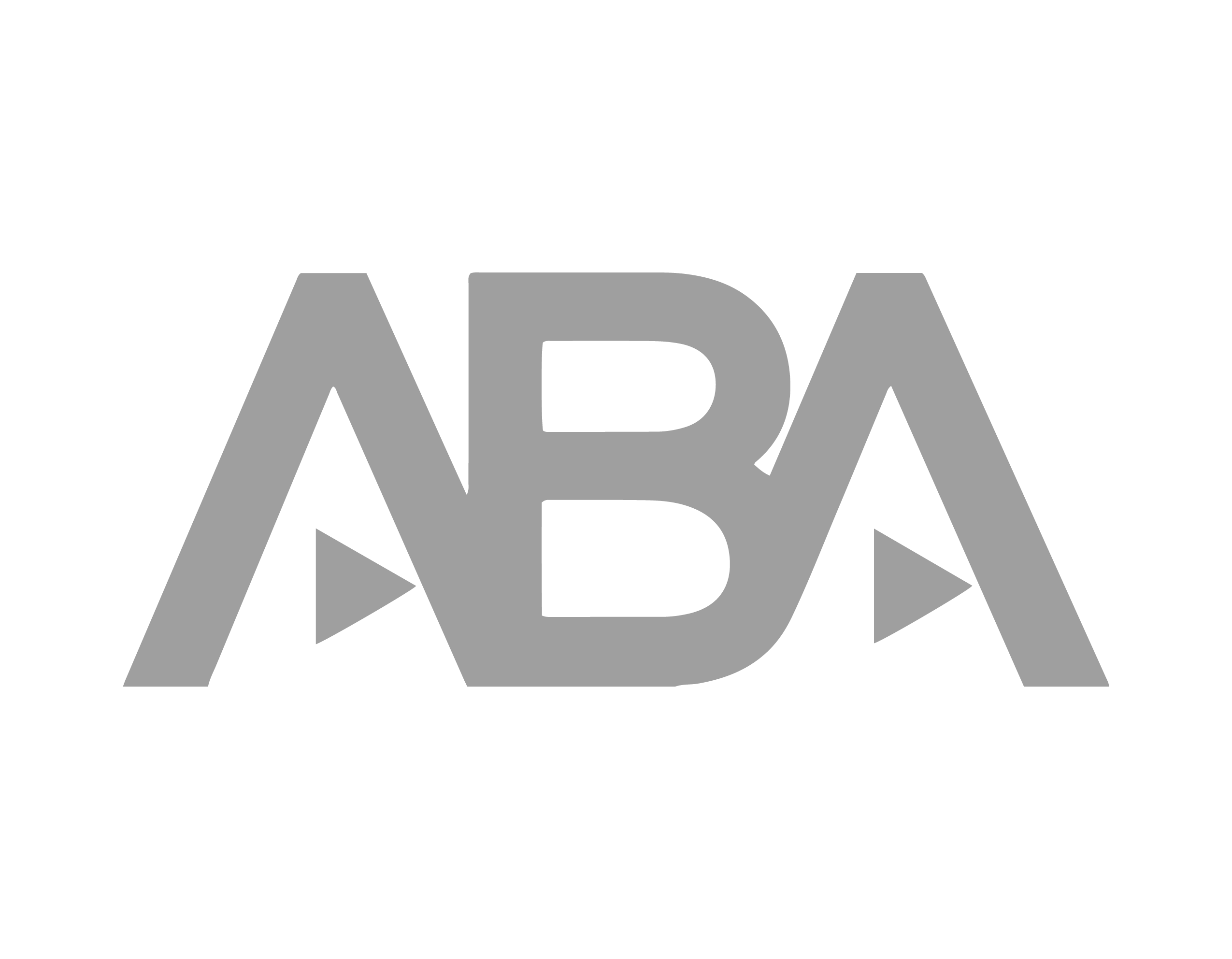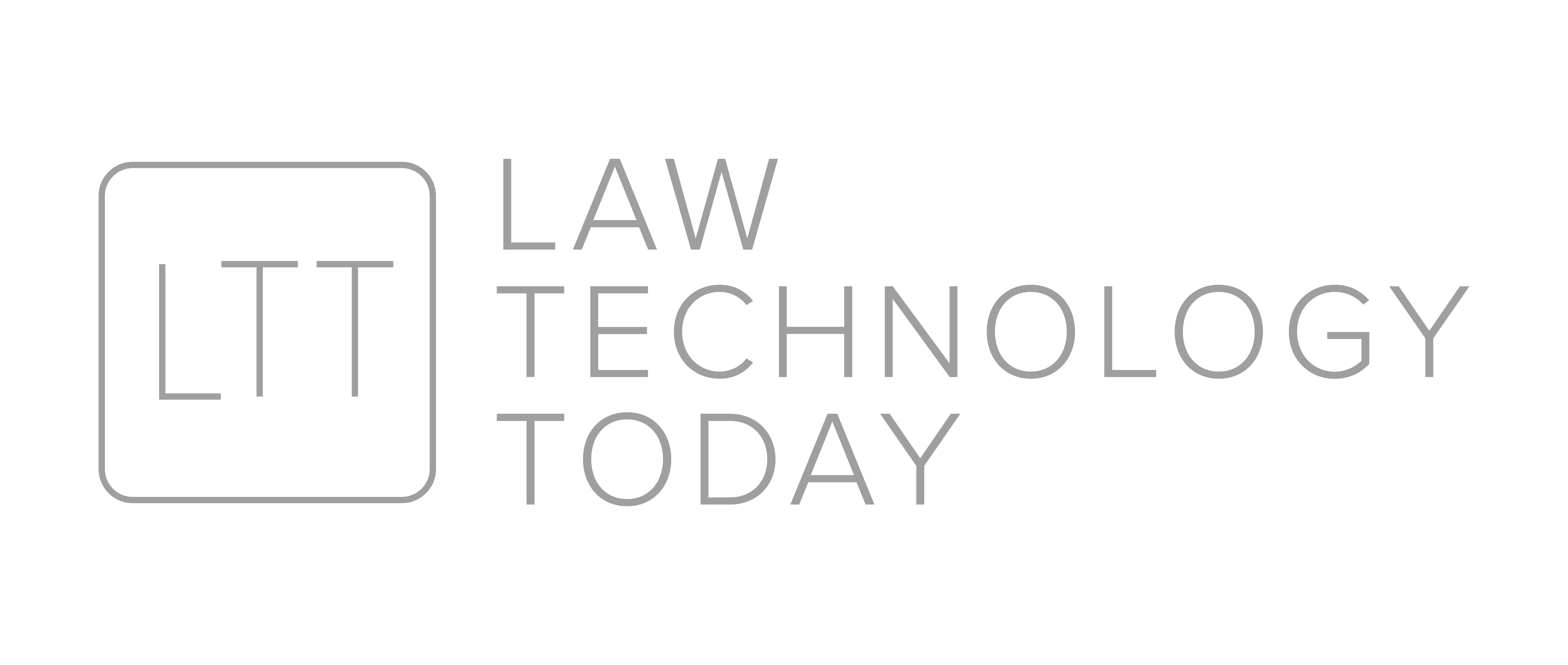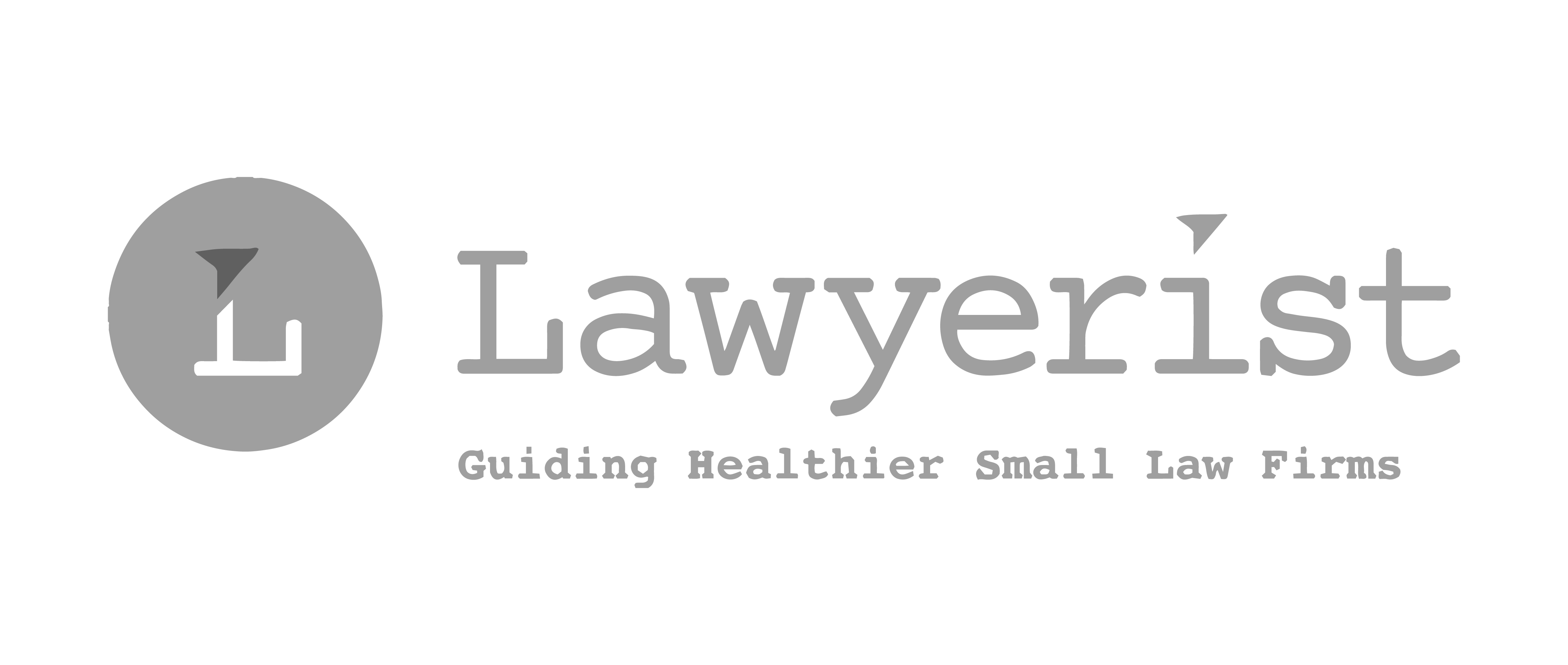One Way Law Firms Can Make A Lot More Money: Recurring Billing
You know one way law firms can make a lot more money? They can make sure that they can bill for more person-hours than they have. We’re not talking about over-billing or misrepresenting time sheets here; we’re talking about decoupling work from the billable hour.
The billable hour is great, but it has an inherent limit: Your time.
One of the most promising developments for law firm profitability is subscription pricing (also known as recurring billing.) Consider this: You provide regular counsel or a service to a client. The client could be, for example, a business that needs access to legal advice or an individual who needs estate management. They pay you a set amount of money per month to handle normal legal interactions.
By way of example, consider our own company’s legal needs. We engaged two law firms over the years in separate instances. We paid them around $2500 a month for the little legal bits and pieces that came up, like lease reviews, employment needs, etc. If we needed something substantial, then we would sign a separate engagement letter with them.
This setup was great for me as CEO because I didn’t have to worry about picking up the phone all the time to ask my attorney a question. I didn’t have to worry that the clock was always running. We had a predictable line item on our P&L (something which makes all business people very happy.) Our law firms loved it because they were charging us a couple of grand a month and were probably coming out ahead.
Recurring billing is one type of Alternative Fee Arrangement, or AFA (we published an e-Book on this, which you can download here). Your firm might not have a service which demands a $2500 a month payment, but even if you can figure out recurring revenue of $50 or $100, you’re off to a good start.
The problem is the overhead: How is a busy law firm going to keep on top of their recurring billing and keep track of payments? For lower-priced recurring legal services, it almost doesn’t seem worth it. You need to print invoices, track ledgers, and track down payments.
That is exactly what inspired Rocket Matter’s Atlas 2.0 recurring billing feature. We completely automate recurring billing. You set up a fee, type in your client’s payment information, and you’re done. It’s set and forget.
So how does it work? The first thing you do is select “recurring billing” from the matter payments page.
Next, set the amount and billing information for your client.
After that, specify if funds should be deposited into trust or an operating account.
Finally, take a look at your plan and finalize it.
Share post:








